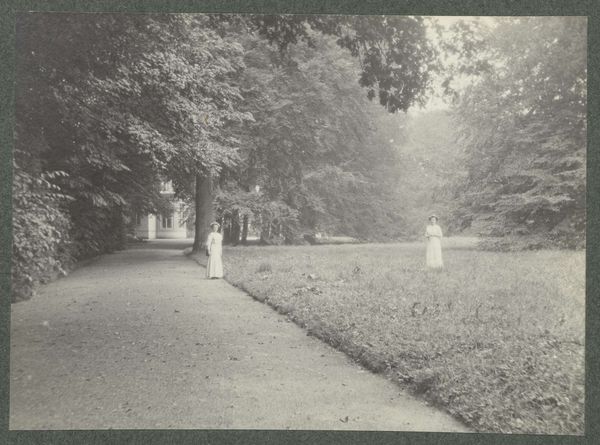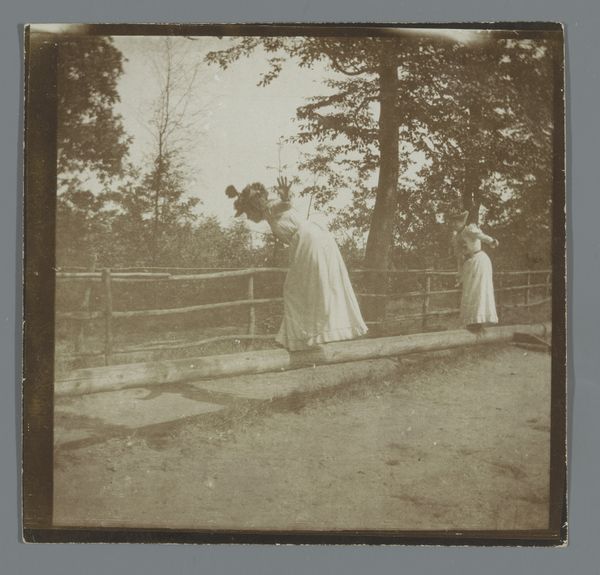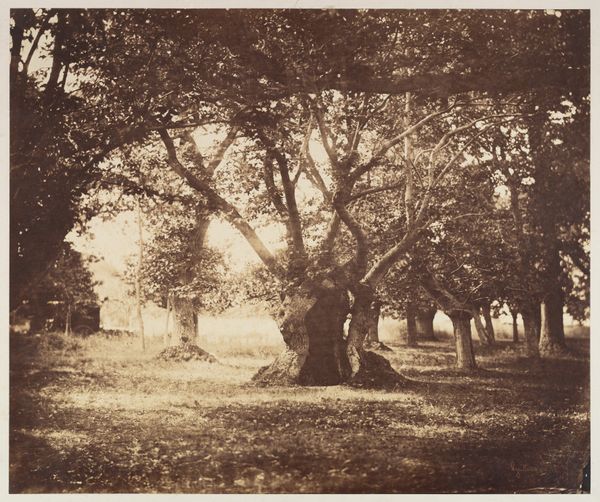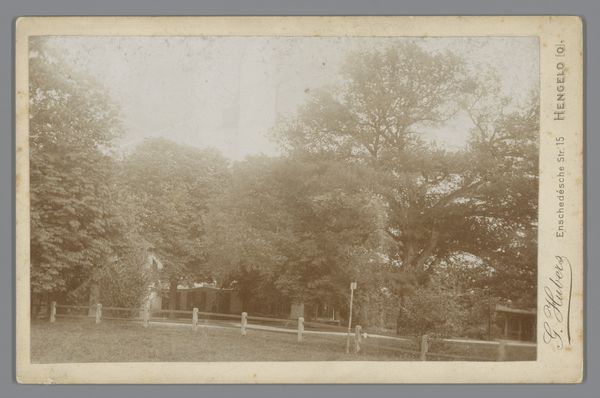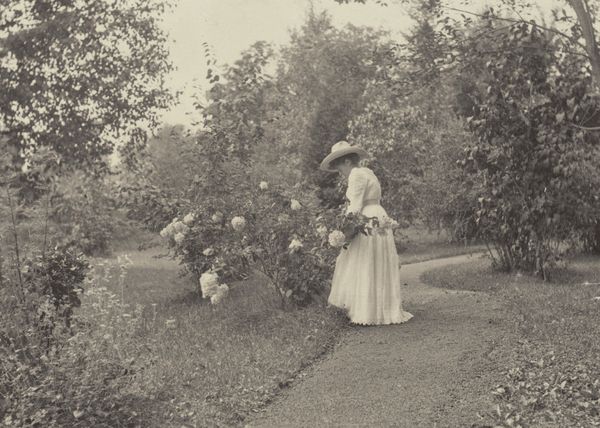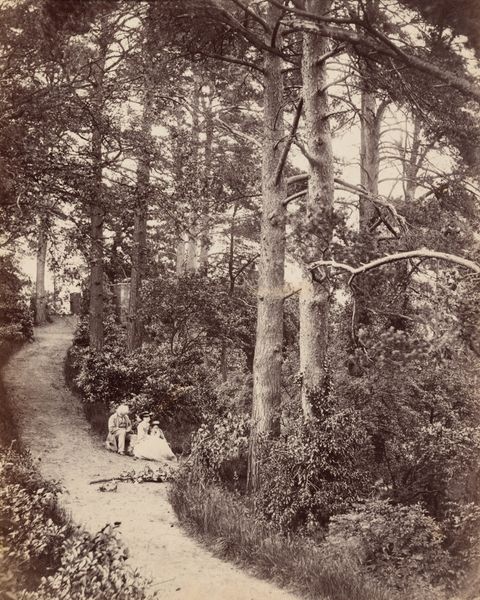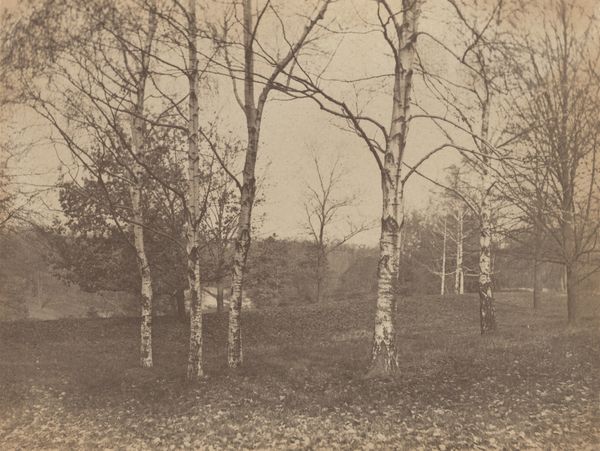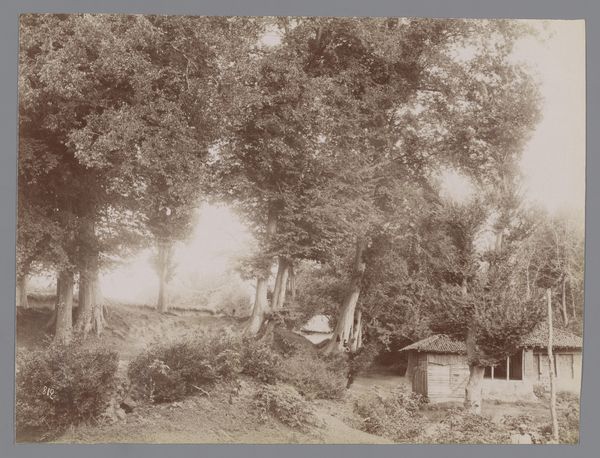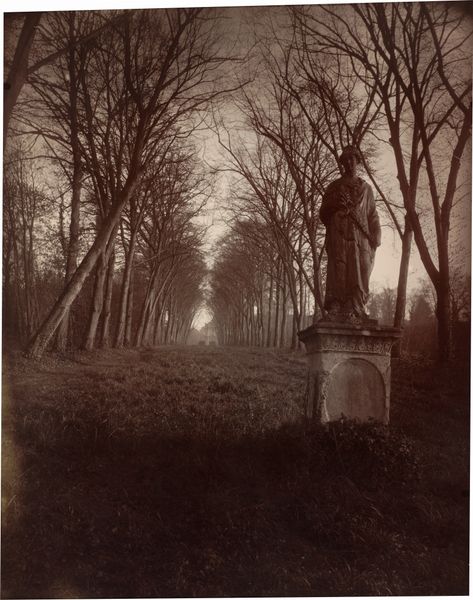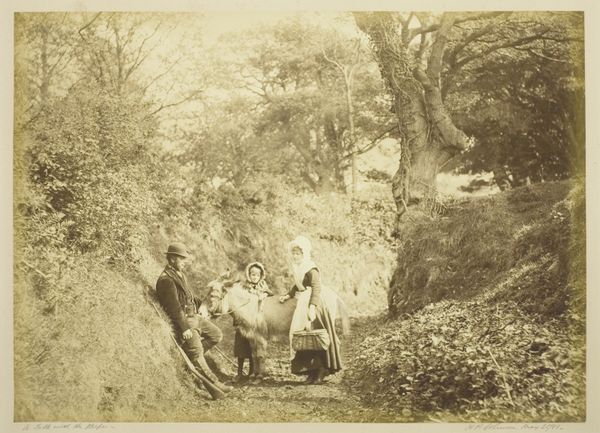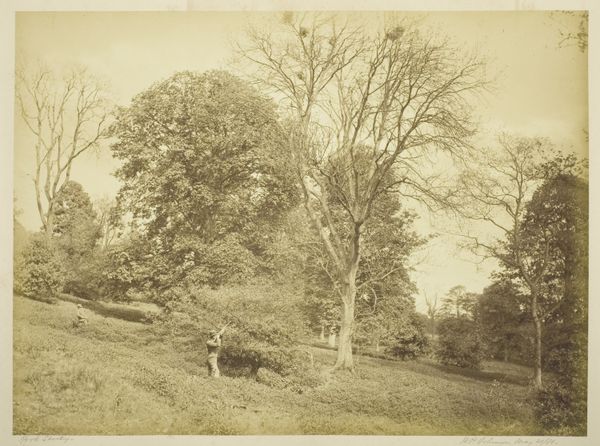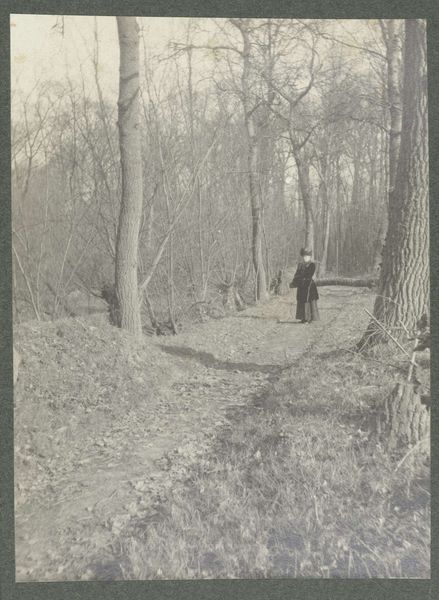
Vrouw met twee schapen op het erf van een boerderij in Assel c. 1900 - 1930
0:00
0:00
richardtepe
Rijksmuseum
photography, albumen-print
#
portrait
#
still-life-photography
#
pictorialism
#
landscape
#
indigenism
#
photography
#
genre-painting
#
albumen-print
#
realism
Dimensions: height 169 mm, width 227 mm
Copyright: Rijks Museum: Open Domain
Curator: The tonality strikes me first; it’s a warm sepia that gives the whole image an aura of quietude and perhaps nostalgia. Editor: Indeed. Here we have Richard Tepe's "Woman with Two Sheep in the Yard of a Farm in Assel," dating from approximately 1900 to 1930. The work, an albumen print, currently resides in the Rijksmuseum. Considering the date, it is likely representative of an agrarian Dutch identity that has undergone massive changes over the past century. Curator: The composition, too, directs our gaze thoughtfully. Note the subtle path leading into the background, framing the young woman and sheep in the foreground; it guides us from the active space into a placid depth, wouldn't you say? Editor: It does invite you in. It’s impossible to ignore the pastoral ideals that run through this image. The clothing and presence of livestock reinforce the romantic, somewhat unrealistic image of rural life, and the quiet dignity of labor that's commonly represented during this time. It reflects a very specific kind of idealized simplicity in Dutch life. Curator: The pictorial quality created by soft focus creates a mood of reverie. Look at the textures -- the softness of the sheep's wool against the slightly sharper focus on the woman’s dress, the rough bark of the trees behind. The image feels intentionally composed. What's most resonant here, from my viewpoint, is its social dimension; the gentle interplay of labor, womanhood, and their deep entwinement to land. It is not, for me, simply an artful composition. It speaks of the position and standing afforded or enforced to the working class during this time. Editor: The attention to detail within the framing of what appears initially a "natural scene", makes it less spontaneous. These were consciously chosen visual motifs by the artist. Whether these representations faithfully echo life, is another question entirely. Curator: And ultimately, the most pertinent question of all. Considering the work's visual grammar as symbolic and its inherent values is an urgent task in its critical appreciation, lest it runs the risk of slipping quietly by. Editor: Precisely. Spotlighting these formal tensions enriches and deepens one's interaction with it beyond just face value. Thank you.
Comments
No comments
Be the first to comment and join the conversation on the ultimate creative platform.
